How To Harvest Elderflowers – Tips For Picking Elderflowers


Elderflowers have a long tradition of use and colorful lore. They are most useful in herbal concoctions during flu and cold season. Picking elderflowers when in season and drying them is an excellent way to preserve these spring bloomers for fall and winter sick days. You need to know when to pick elderflowers or you may miss these beneficial blooms or accidentally harvest look-a-like plants that can be extremely dangerous.
When to Pick Elderflowers
Harvesting elderflowers is a late spring tradition in many parts of the world. They grow wild in temperate regions, especially the Northern Hemisphere. The flowers are useful as a syrup, nutritional supplement, and in cosmetics. You can even make elderflower fritters or use them in a sorbet. The first step is learning how to harvest elderflowers. Then you can try some of the many recipes widely available online. Depending upon where you live, elderflowers are at their peak in late spring to early summer. In most regions, mid-June seems to be the best time for picking. If left to their own devices, the flowers will turn into delicious, dark purple berries around August, which must be cooked to remove cyanidin glycoside. This chemical has been known to make people sick. The elderflower plant's blooms closely resemble several dangerous plants including hogweed and hemlock. During elderflower harvest time, the umbels are covered in tiny, creamy, white flowers. Each ripens at a different time with the center opening first. To get the most out of the blooms, wait to pick them until much of the buds have opened.
How to Harvest Elderflowers
A mesh bag is best for harvesting elderflowers. The blooms are delicate and an airless container will make them turn brown and lose much of their beneficial components and flavor. Elders grow wild in ditches, roadsides, and swampy areas. Take blooms during a cool part of the day and keep harvested flowers out of the sun. Simply clasp your fingers at the base of the flower cluster and pull. This will avoid much of the stem. However, if picking elderflowers for fritters, snip the umbel off with enough stem to hang onto when dipping into batter. Just avoid eating that part when you enjoy these sweet treats.
Storing Elderflowers
You can use the blooms fresh or preserve them for later use. To save them, hang the umbels upside down or lay them on a screen for several days until they are dry. The flowers should retain much of their creamy color. Once dried, you can rub off the little blooms with your hands. Store dried flowers in paper bags in a cool, dry location. You may also choose to make an elderflower syrup to use in cooking or as part of a restorative tea. Elderflower harvest only happens once per year, so it is important to properly preserve these useful and delicious flowers right at the time of picking.
Gardening tips, videos, info and more delivered right to your inbox!
Sign up for the Gardening Know How newsletter today and receive a free copy of our e-book "How to Grow Delicious Tomatoes".

Bonnie Grant is a professional landscaper with a Certification in Urban Gardening. She has been gardening and writing for 15 years. A former professional chef, she has a passion for edible landscaping.
-
 Try The Trend – Turn Any Bed Into A Keyhole Garden With This Clever In-Ground Composter
Try The Trend – Turn Any Bed Into A Keyhole Garden With This Clever In-Ground ComposterKeyhole gardening is an efficient and sustainable practice that saves space. Get started on this DIY project quickly and easily with an in-ground composter.
By Bonnie L. Grant
-
 4 Superfast Composting Methods: Turn Waste Into Garden Gold In 30 Days Or Less
4 Superfast Composting Methods: Turn Waste Into Garden Gold In 30 Days Or LessTry the fastest composting methods to turbocharge your pile and transform kitchen scraps and garden waste into finished compost in just a few weeks.
By Mary Ellen Ellis
-
 Elderberries Not Fruiting – How To Get Elderberry Fruit
Elderberries Not Fruiting – How To Get Elderberry FruitNo berries on elderberry? There may be a simple explanation. Read on for a helpful tips that may resolve the problem of elderberries not fruiting.
By Mary H. Dyer
-
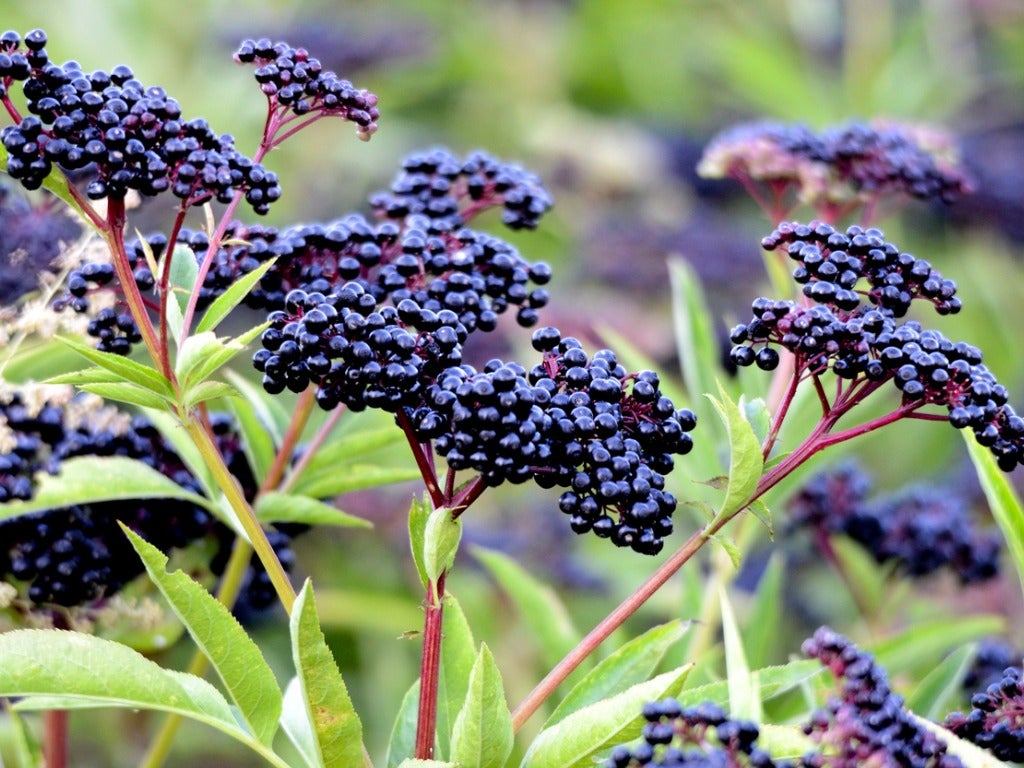 Germinating Elderberry Seeds – Elderberry Seed Growing Tips
Germinating Elderberry Seeds – Elderberry Seed Growing TipsIf you are cultivating elderberries for commercial or personal harvest, growing elderberry from seed may not be the most efficient way to go, however, it is possible. Click here to learn more.
By Teo Spengler
-
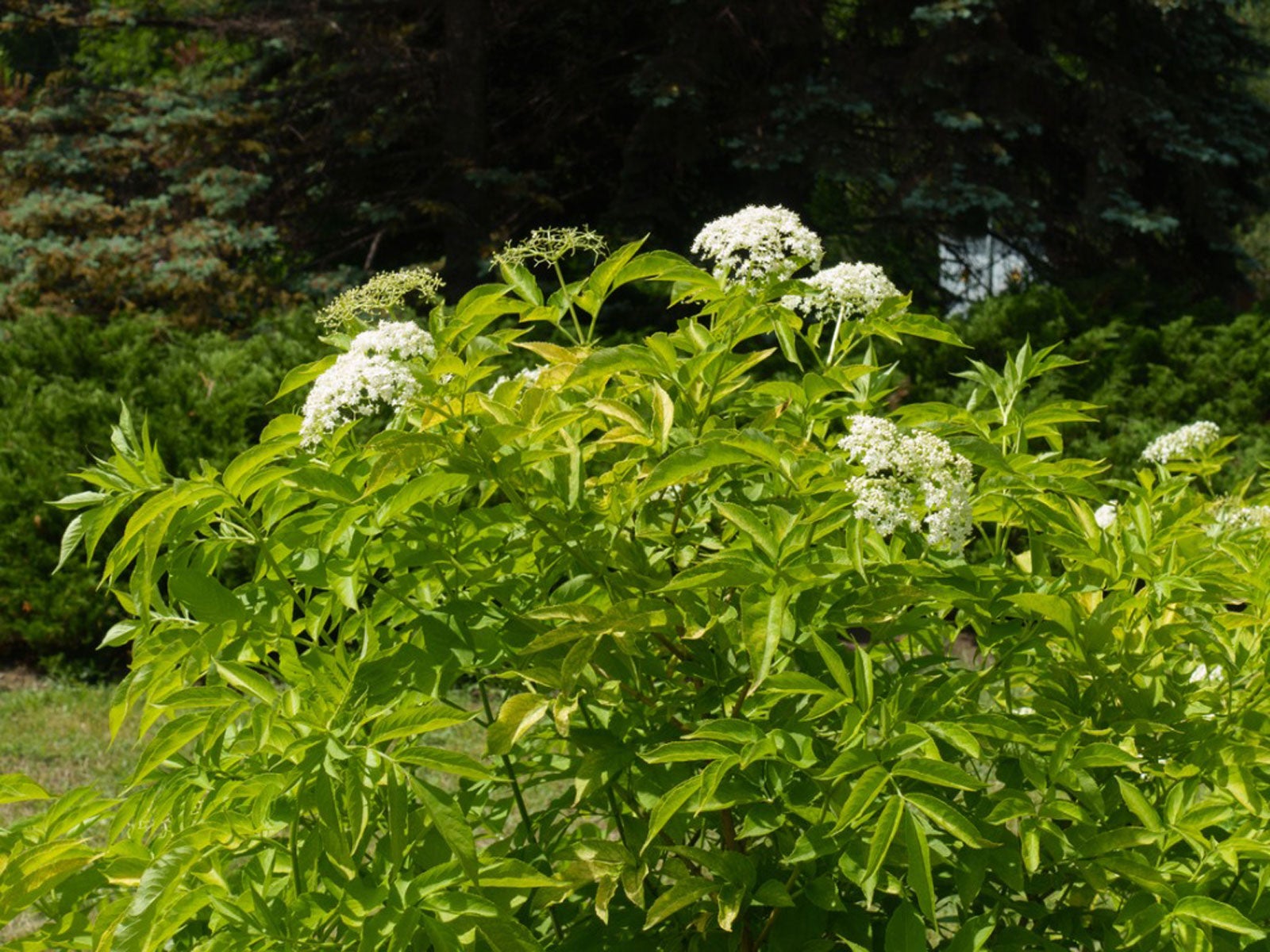 Transplanting Elderberries – How To Transplant Elderberry Bushes
Transplanting Elderberries – How To Transplant Elderberry BushesElderberry plants are attractive and productive. If you have a poorly sited shrub, moving an elderberry is not difficult. Get tips here.
By Teo Spengler
-
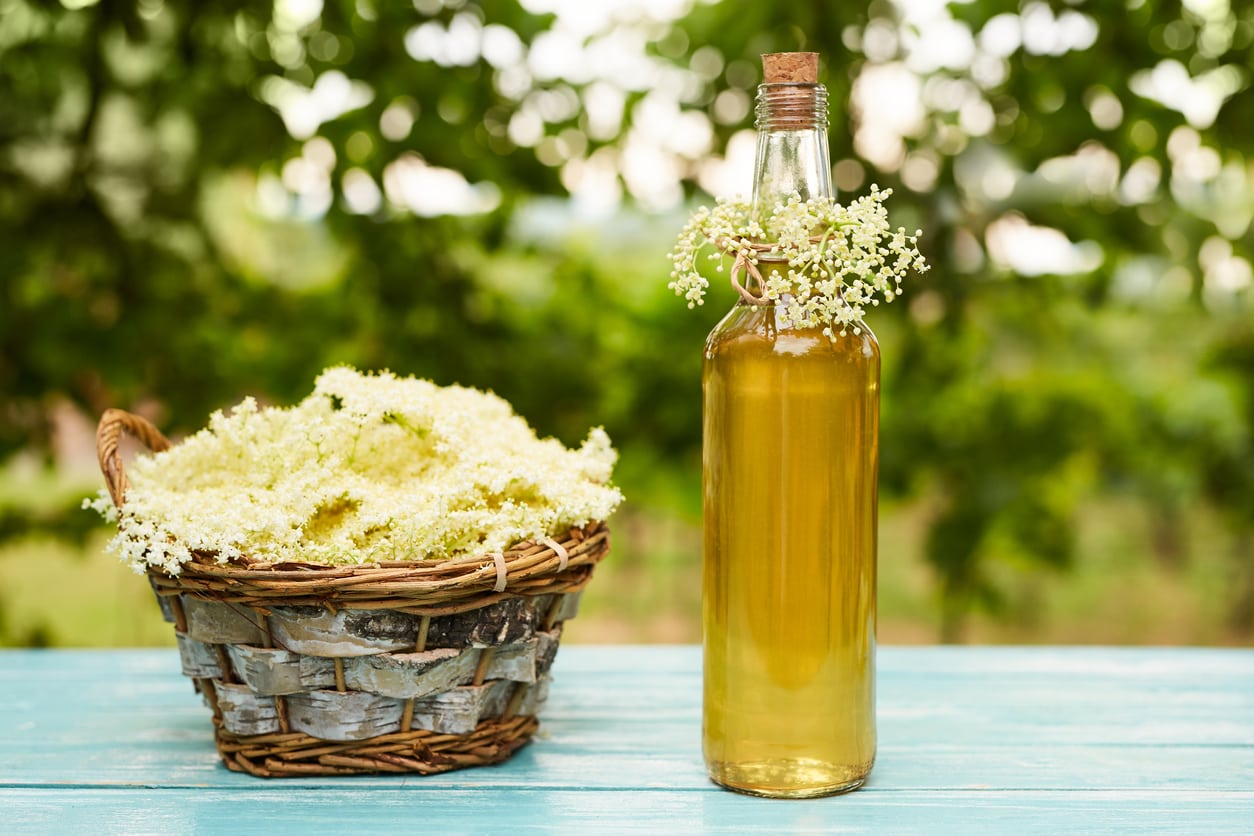 What To Do With Elderflowers: How To Use Elderflowers From The Garden
What To Do With Elderflowers: How To Use Elderflowers From The GardenMany gardeners and cooks know about elderberries, the small dark fruits that are especially popular in European cuisine. But before the berries come the flowers, which are tasty and useful in their own right. Click here to learn what to do with elderflowers.
By Liz Baessler
-
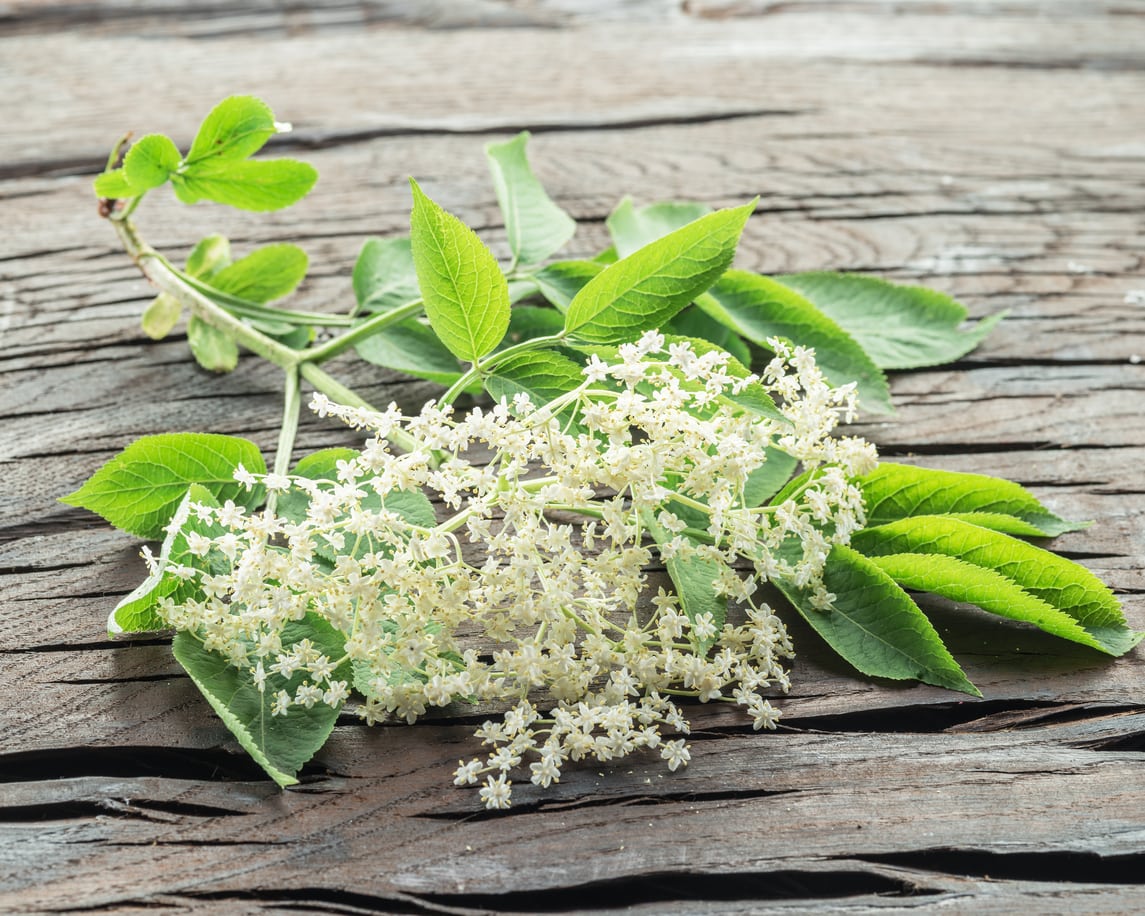 Elderberry Flowers – Growing Elderflowers In The Garden
Elderberry Flowers – Growing Elderflowers In The GardenElderberry is most well-known for its fruit, but you can also grow elderberries for their flowers. American elder is a fast-growing bush that will tolerate a variety of conditions and requires little care and maintenance. Learn more in this article.
By Mary Ellen Ellis
-
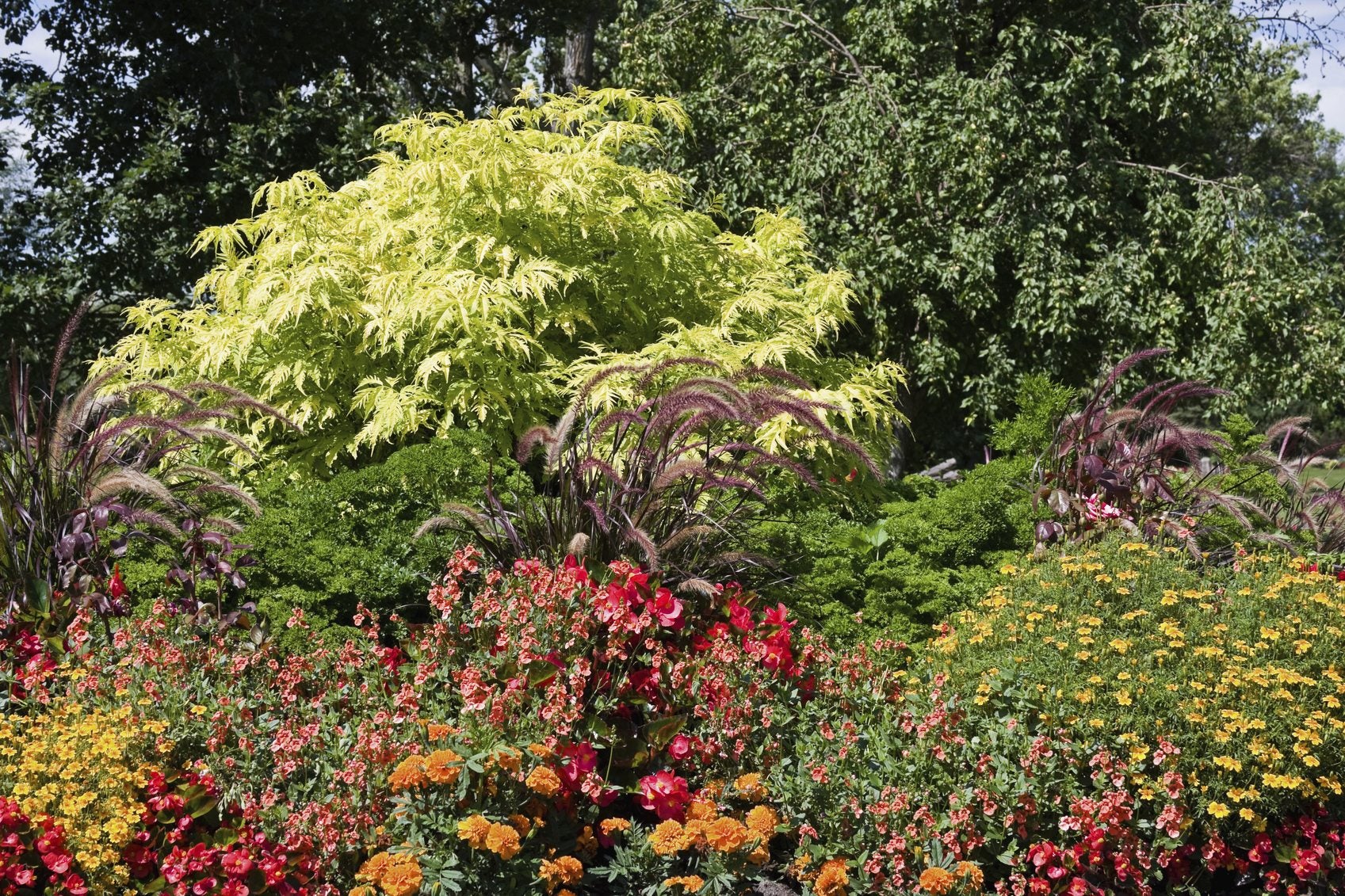 Elderberry Plant Companions – Tips On Planting With Elderberries
Elderberry Plant Companions – Tips On Planting With ElderberriesGardeners love elderberries because they attract pollinators, like butterflies and bees, and provide food for wildlife. These shrubs can be planted alone but look best with elderberry plant companions. What to plant with elderberries? This article will help.
By Teo Spengler
-
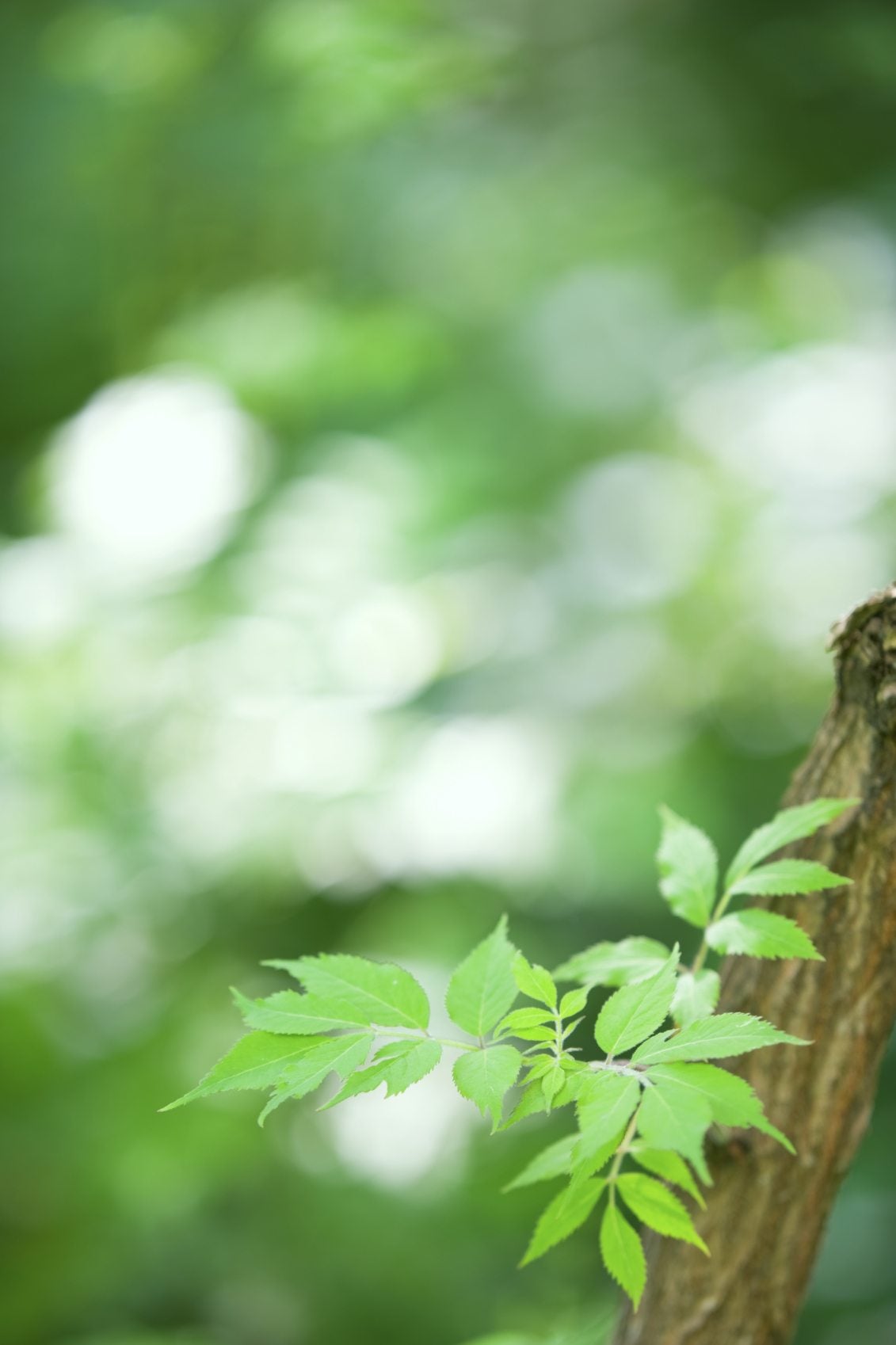 Rooting Elderberry Cuttings: How To Propagate Elderberry Cuttings
Rooting Elderberry Cuttings: How To Propagate Elderberry CuttingsElderberries are woody plants, thus starting elderberry from cuttings is a simple and common method of elderberry propagation. How to propagate elderberry cuttings and when is the best time to take elderberry cuttings? Learn more here.
By Amy Grant
-
 Elderberry Bush Varieties: Different Types Of Elderberry Plants
Elderberry Bush Varieties: Different Types Of Elderberry PlantsElderberries are one of the easiest shrubs to grow. The shrubs are commonly found growing along the road, forest edges and abandoned fields. What types of elderberry plants are suited to your region? Find out in this article.
By Amy Grant